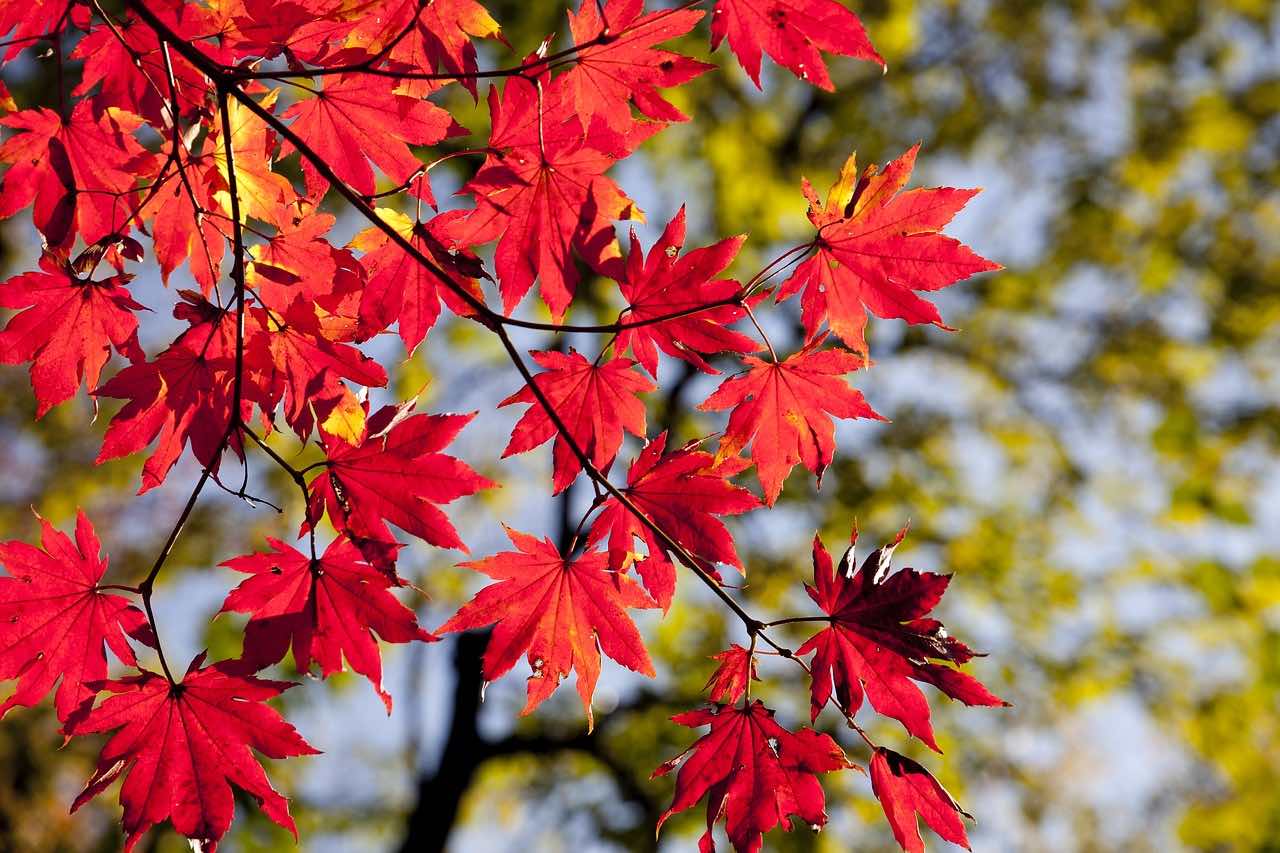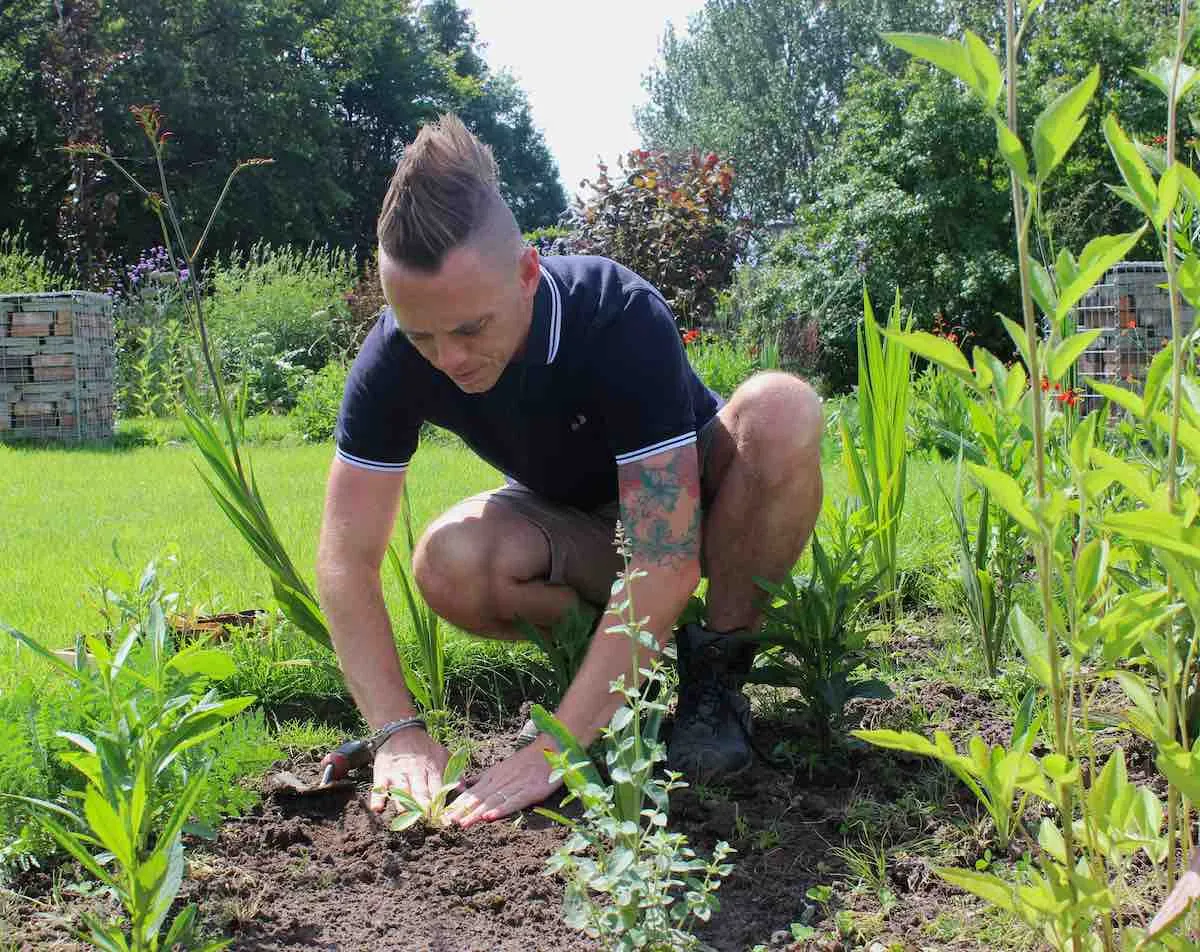1. Drought and Heat Stress
Extreme heat increases evaporation and transpiration rates, leading to water stress. Plants may shed leaves to reduce water loss and conserve moisture, which I believe is what's happening to your Amelanchier given the recent heat wave.
High temperatures can damage plant cells and proteins, causing leaves to wilt, scorch, or die off.

2. Cold and Frost Damage
Freezing temperatures can cause ice crystals to form within leaf cells, leading to cell rupture and tissue damage. As a result, leaves may become blackened, wilted, and fall off.
Cold winds can dry out leaves, causing desiccation and leaf drop, especially in evergreens and plants not adapted to cold weather. This is also referred to as wind burn or wind scorch in plants.
3. Heavy Rain and Flooding
Prolonged waterlogging from heavy rain or flooding reduces oxygen availability in the soil, leading to root hypoxia (oxygen deficiency). This impairs root function and nutrient uptake, causing leaves to turn yellow and drop. This is sometimes referred to as plants 'drowning' when they are flooded; they literally suffocate if the water level doesn't drop and oxygen fails to return to the roots.
Heavy rains can physically damage leaves and stems, causing them to break or fall off.
4. High Winds
Strong winds can physically tear leaves from plants, break branches, and cause what's known as 'mechanical damage'. This is especially common in plants with large or tender leaves when planted in exposed positions or when a heavy storm ravages the garden. Winds can also increase evaporation rates, leading to dehydration and leaf loss.
5. Hail
Hailstorms can cause significant physical damage to leaves, creating holes, tears, and bruises. Severely damaged leaves often die and drop off.
6. Nutrient Leaching
Excessive rainfall can leach essential nutrients from the soil, depriving plants of the necessary elements for healthy growth. Nutrient deficiencies can cause leaves to yellow, weaken, and drop. This is the same for flooding or overwatering of plants.
https://youtu.be/iFc7YByFIeo
7. Temperature Fluctuations
Rapid and extreme temperature fluctuations can stress plants, leading to physiological responses such as leaf drop. This is particularly common in plants not adapted to such conditions or newly planted trees and shrubs.
8. Pollution and Air Quality
Extreme weather conditions can exacerbate air pollution issues, such as high ozone levels, which can damage plant tissues and lead to leaf loss. High winds can carry dust and particulates that settle on leaves, blocking sunlight and hindering photosynthesis, ultimately causing leaves to drop.
9. Soil Compaction and Erosion
Heavy rains and flooding can lead to soil compaction and erosion, damaging roots and reducing their ability to support and nourish the plant. This can result in leaf drop as the plant struggles to sustain itself, too!
So, as you can see, there are plenty of reasons why extreme weather can cause your plants to take on their own protective measures. So bare with your Amelanchiers. I'm sure they will return to their former glory.
Hope that helps.
Lee Garden Ninja
 Lee Burkhill: Award Winning Designer & BBC 1's Garden Rescue Presenters Official Blog
Lee Burkhill: Award Winning Designer & BBC 1's Garden Rescue Presenters Official Blog



